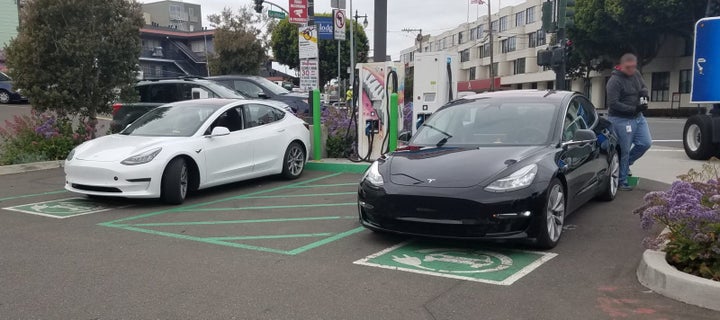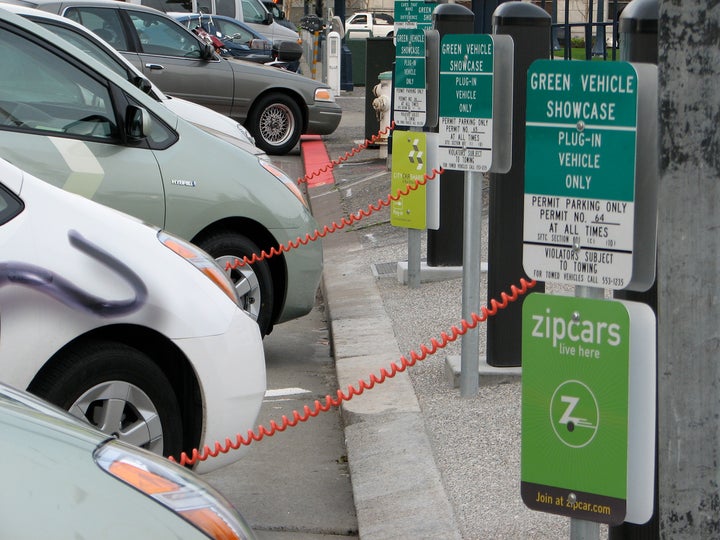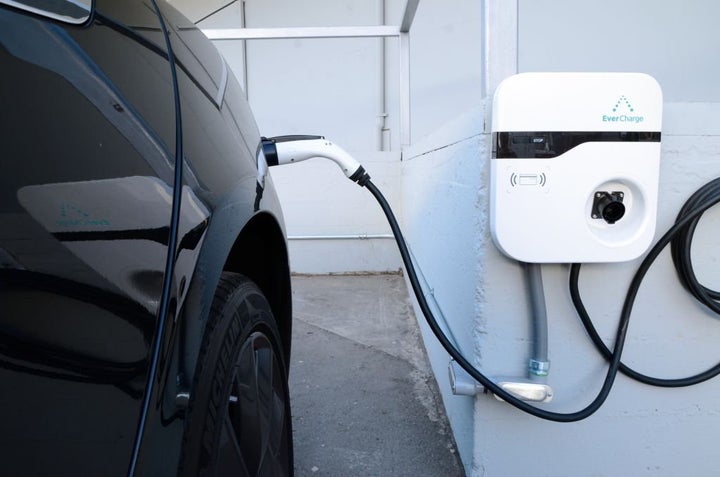
General Motors, Volkswagen Group, Ford Motor Company, Hyundai Motor Company, Tesla Motors, BYD, Kia Motors, Mitsubishi Motors, Nissan Motors and more have all committed to building multiple new electric cars over the next two years allowing the electric car market to hit over 20 million by 2020.
This isn't a 'flash-in-the-pan' fad, electric vehicles (EVs) are here to stay and almost certainly going to take a big part of the auto industry. The question is no longer when will the EVs arrive it's where do we go from here. Despite rapid growth, the EV industry still has a long way to go in one key department, charging. If you’re one of the 450,000 Model 3 reservation holders or are considering buying a new EV in the next few years there is some information you need to know.
Public Charging Isn’t The Key

Recently much of the emphasis has been placed on the massive build-out of a public charging network. Public charging programs like Volkswagen’s Electrify America have gotten plenty of press, but should we pump so much money into public infrastructure?
The answer is a lackluster, maybe, with the small caveat that these hypothetical stations are all fast charging stations with charging speeds comparable to Tesla’s Supercharger network. The pros of a public system are easy to see. "What if I am in desperate need of a charge?", "What happens on long trips?", "How will I know I can get a charge when I arrive at a destination?", these are all legitimate concerns and ones that are directly resolved by a public network, the only real problems are cost and time.
Most public chargers today are Level 2 chargers, meaning they charge at much slower rate than a Supercharger, around 8-11 hours to fill up a Tesla, while these chargers don't have the speed required for quick stops they are relatively affordable. Unfortunately, while these chargers are less expensive to install than a Supercharger station they're just too slow. Simply put most Tesla drivers need to charge up 2-4 hours per day to replace the power they used. Can you imagine relying on a public network when it takes 2-4 hours to charge up every day? That's 2-4 hours you’ll need to spend at a shopping center, grocery store, or any other random place, every single day and that is a terrible solution. Tesla's Supercharger Network cuts the wait time down to about 30 minutes to an hour, but are very expensive and difficult to install due to power limitations. While Tesla has done an amazing job building out the Supercharger network even they admit it's not a day-to-day solution.
Up to now the lion's share of the work has been handled by Tesla, a mixture of startups, and utility companies. However, as more and more EVs begin to appear on the roadway it's only a matter of time before those costs get passed on to the consumer, making fast EV charging more expensive than it is currently.
Owning Your Own Station

Even though we are all used to the gas station model, it's recommended by nearly all EV manufacturers, most notably Tesla, to get in-home charging. After all, 90% of charging by current EV owners happens at home and its easy to see why. Not only does it alleviate strain on Tesla's Supercharger Network, but it also saves you quite a lot of time. On average, needing to charge 2-4 hours daily would be a real pain on a public network, however, if the charger is installed at home you simply plug it in once you're done for the day. Just like your phone, your car charges up while you sleep and is ready to go when you are.
For most single family homes getting charging is relatively inexpensive and easy, adding a 240v plug should suffice, but for those living in cities or multi-family homes like condos and apartments, the task gets much trickier (although companies like EverCharge help keep installs affordable. With in-home charging, many of the costs and issues with public charging are completely resolved.
For now, the best case scenario for EV drivers is to invest in in-home charging while automotive groups and public utilities build out a Level 3 public charging network that focuses solely on long-haul journeys and emergencies. By doing this, drivers will be able to completely enjoy EV ownership and trust me there is a lot to like.
By Marcin Migdal (Loans.cars) & Joseph Nagle (EverCharge)
